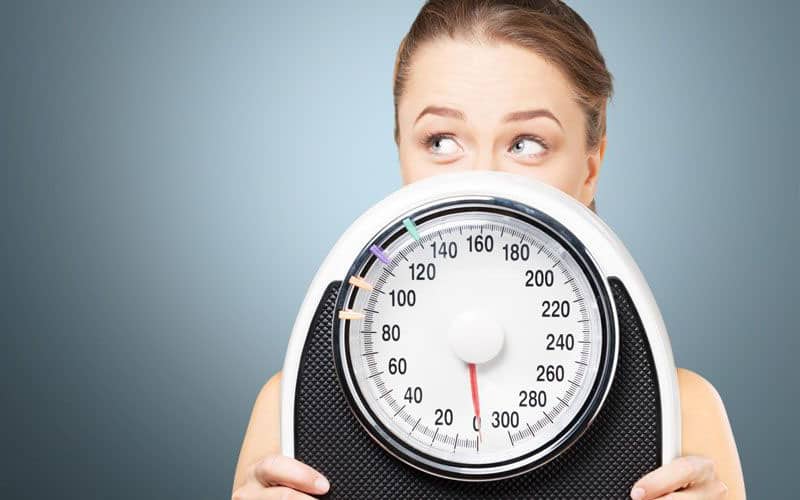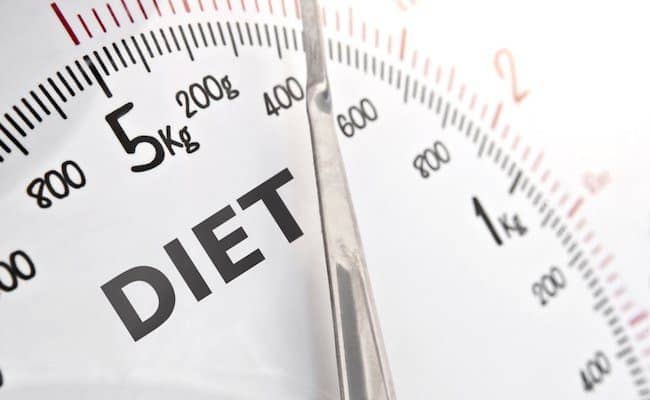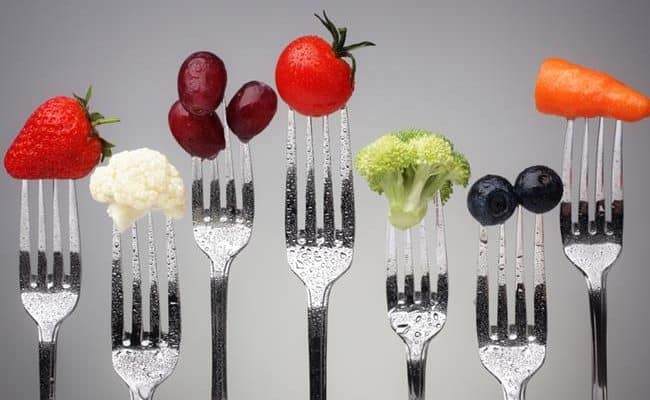
Most diets work by keeping your food intake at a same level until desired weight loss is achieved. Keeping food intake under what your body needs is the goal for weight loss programs. Calorie cycling takes a different approach by altering your daily calorie intake not keeping it the same. Some days it is actually recommended to eat more calories than your body needs.
The rationale behind calorie cycling is that the body can plateau with keeping your calorie intake the same throughout weight loss. Keeping calorie intake consistently low can also lower metabolic rate which can make weight loss harder.
Calorie cycling promotes varying your energy intake to keep metabolism levels high and to potentially promote fat loss instead of lean mass loss. It does not focus on cutting carbs, fat or eating paleo. The main idea is eating healthy, whole foods and changing up how much you eat.
Does calorie cycling work?
Some research indicates people on calorie cycling diet can have success for weight loss by following this method. However, more research with larger studies is needed.
Calorie cycling can be similar to intermittent fasting diet plans and may result in similar weight loss outcomes.
While some people can have success with calorie cycling or intermittent fasting diets, it may not be recommended for everyone.
Speak with your doctor before starting a calorie cycling plan.
What does calorie cycling look like?
Trying to lose weight usually means cutting out sugar, empty calories and processed foods. Limiting these foods is always recommended for overall health.
With calorie cycling, the types of food you eat may be less restrictive compared to other weight loss plans.
It is still recommended to cut out sugar and empty calories, but other foods higher in simple carbohydrates like breads and cereals can be allowed with calorie cycling.
Instead of cutting out carbs, calorie cycling can focus instead on slow and fast energy carbs (1). Calorie cycling plans can vary, but, for example, carb cycling plan Body Fuel suggests eating fast energy carbs when you first wake up or right after exercise.
Changing the amount of fast energy carbs throughout calorie cycling is an important part of the program. Some examples of fast energy carbs are potatoes, bread, rice or cereal.
According to the author of Body Fuel, former US Special Forces Operative Mark Lauren (2), calorie cycling is important for fueling the body for exercise.
The goal is not to cut calories as low as possible, and a focus is on feeding the body adequately for performance.
How much do you vary your energy for calorie cycling?
This can vary, but in general your energy intake can shift around 400 calories. For example, if your target intake is 2,000 calories, your intake could vary between 1,600 calories to 2,400 calories on different days.
It’s important to not overdue on unhealthy foods on the higher calorie days, but an occasional treat could be included as part of the plan.
Does it work for weight loss?
Mark Lauren noticed when he altered the training plan and food intake for the US Air Force for improved athletic performance, fat loss was a result. Lauren wasn’t trying to get his team in the Air Force losing fat loss, it just happened following a calorie cycling training plan as outlined in his book Body Fuel.
Is there a difference in fat loss between calorie cycling and other weight loss diets?
A 2014 study (3) had 74 subjects on either a calorie restrictive diet or a calorie cycling type diet for 6 weeks. Both groups lost fat mass, but the calorie cycling group had a larger decrease in plasma glucose and cholesterol levels.
Researchers also found people in the calorie cycling group had higher satisfaction with their diet. Researchers concluded more studies need to be done with larger amount of subjects and for longer duration to determine long term efficacy and safety.
Another 2014 study (4) analyzed the effect caffeine intake had on the outcomes of a calorie cycling diet.
Subjects were put on a calorie cycling diet for 6 weeks and with or without caffeine (5mg/Kg body weight) followed by a 4 week follow up diet.
After 4 weeks, both groups on the calorie cycling diet lost significant amount of fat. Both groups had positive outcomes on blood cholesterol, triglycerides and glucose levels. Both groups also had no significant change in resting metabolic rate while going through weight loss.
The caffeine group had a higher satisfaction with the diet after week 7. Therefore, researchers concluded that a combination of calorie cycling in addition with caffeine could be beneficial for some for fat loss without lowering resting metabolic rate.
Conclusion: Calorie cycling and weight loss
Some studies suggest calorie cycling can support fat loss while maintaining resting metabolic rate. Following a traditional lower calorie diet every day can lower metabolic rate. Calorie cycling may be an alternative way to lose weight while not compromising metabolic rate.
Calorie cycling could have a beneficial effect on other health markers like blood glucose, cholesterol and triglyceride levels. Calorie cycling can be used with an exercise program, as shown by Mark Lauren with the US Air Force.
A study also found calorie cycling in conjunction with caffeine intake may have a higher satisfaction rate.
It’s important to remember that calorie cycling should still follow a healthy eating plan, relying mostly on natural, unprocessed foods. Before starting a diet plan, speak with your physician for what is recommended for your individualized health plan.
More research needs to be done for long term efficacy and safety for calorie cycling diets, but so far, it appears short term results may lead to weight loss.
There are many ways to lose weight while following a healthy, nutrient dense diet. It’s important to follow a plan that you will stick with for long term success.
People can have success with different habits: vegetarian, low fat, low carb, Mediterranean, paleo, intermittent fasting or calorie cycling diet.










